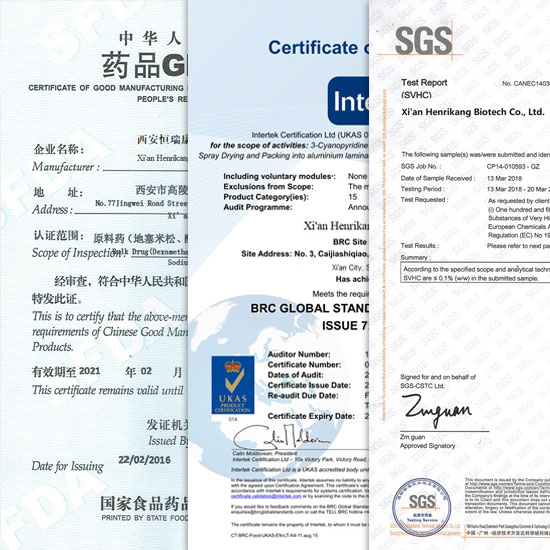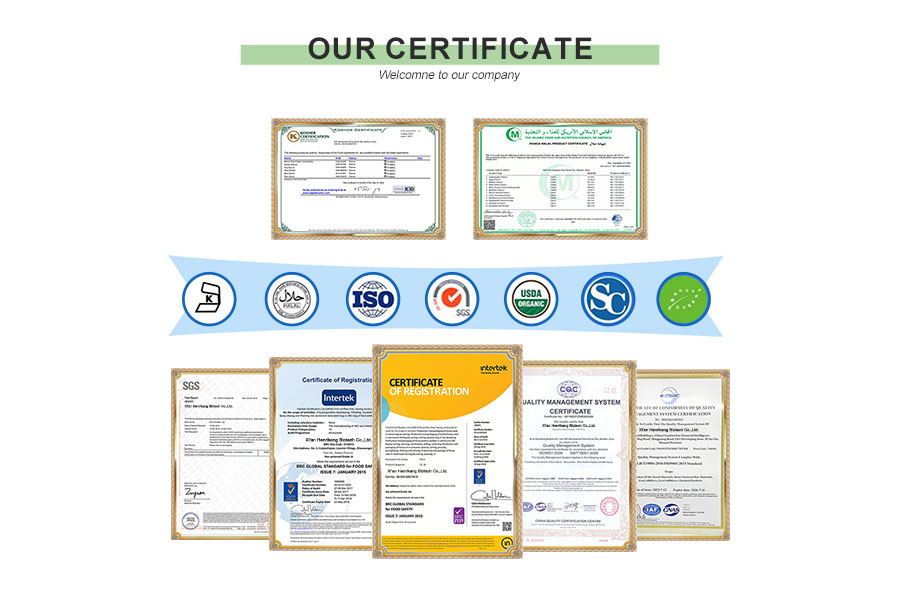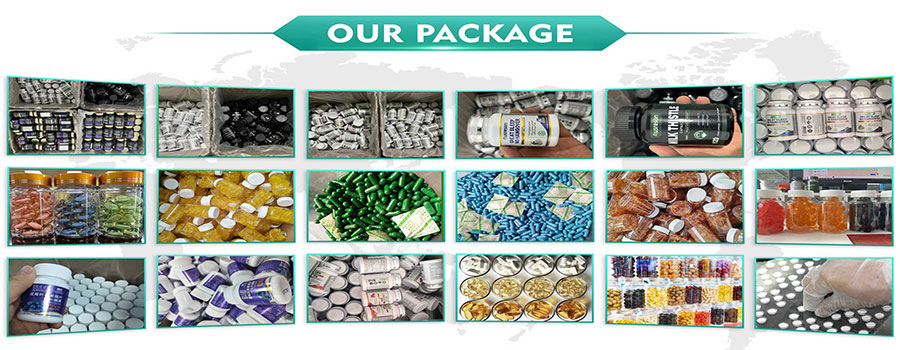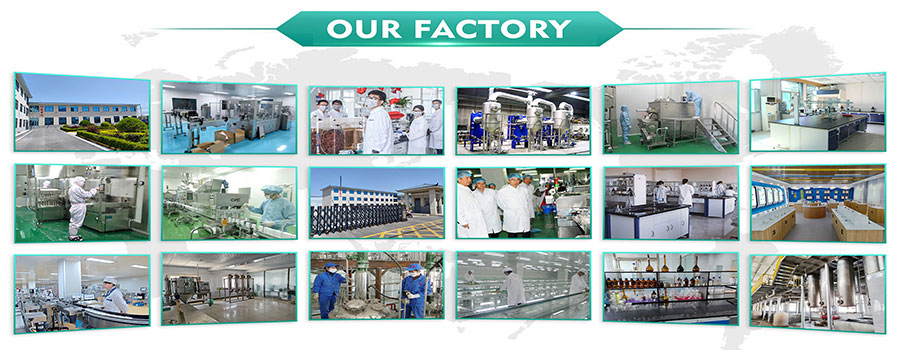





Related Attributes
Product details
β-nicotinamide mononucleotide is the precursor of NAD+, a cofactor of longevity proteins in the human body.NAD+ is an important coenzyme of the tricarboxylic acid cycle, which promotes the metabolism of sugars, fats and amino acids, and participates in the synthesis of energy; NAD+ is also the only substrate of coenzyme I depletion enzymes (the only substrate of the DNA repair enzyme PARP, the only substrate of the longevity proteins Sirtuins, and the only substrate of the cyclic ADP-ribose synthetases CD38/157). CD38/157).
NAD+ is involved in all aspects of human metabolism and is a key coenzyme. Without NAD+, metabolism will not work, and the elderly lack NAD+, so all kinds of big and small problems come, and by supplementing NAD+ additionally, it can be a comprehensive anti-aging.
Preclinical studies have shown that NMN has a variety of pharmacological activities in cardiac and cerebral ischaemia, Alzheimer's disease, diet and age-induced type 2 diabetes mellitus and obesity, and that NMN, as a precursor to NAD+, is mainly synthesised in vivo to play a role in the pharmacological effects of NAD+, all of which are associated with the lack of NAD+!

Uses of β-Nicotinamide Mononucleotide.
In mammals, β-nicotinamide mononucleotide is produced from nicotinamide (Nam) catalysed by Nampt (a protease in vivo), and subsequently nicotinamide mononucleotide is catalyzed by nicotinamide mononucleotide adenylyltransferase to produce NAD+. Nicotinamide mononucleotide is a direct way to replenish NAD+.
It is by significantly enhancing the ability to repair intracellular DNA damage that nicotinamide mononucleotide ultimately reverses the effects of aging. Nicotinamide mononucleotide is converted into nicotinamide adenine dinucleotide (NAD), which is essential for energy metabolism in the body.
In mouse tests, it has been proven that nicotinamide mononucleotide can activate a gene called acetylase in the body, thus exerting the effect of prolonging life and treating diabetes, etc. NAD is a substance that the human body can originally produce, and studies have confirmed that the amount of NAD in the body decreases with age.

Preparation of β-Nicotinamide Mononucleotide.
Add 150 ml of phosphate buffer solution to a 500 ml four-necked flask. 2 g of magnesium chloride, 10 g of ATP, 7 g of ribose, and 10 g of nicotinamide were added all at once and held at 35°C with stirring. The pH of the reaction system was detected and pH = 8.0 was adjusted with 10% Na2CO3 solution, and 1 g of RK enzyme powder and 2 g of NAMPT enzyme powder were added and stirred to dissolve.
The reaction was stirred at 200 rpm at 37 °C, and the conversion rate of the reaction was monitored using liquid chromatography-mass spectrometry, and after 6 h of reaction, the reaction was stopped by detecting that ATP had been consumed.
By further filtration, adsorption on HZ-818-type macroporous resin, lyophilization, and recrystallization from ethanol and water, β-nicotinamide mononucleotide-nicotinamide mononucleotide NMN can be obtained in 70% yield.

In vitro studies of Bulk β-Nicotinamide Mononucleotide Powder.
B-nicotinamide mononucleotide has several beneficial pharmacological activities. Mostly mediated by its involvement in NAD+ biosynthesis, the pharmacological activities of NMN include its role in cellular biochemical functions, cardioprotection, diabetes, Alzheimer's disease, and complications associated with obesity.The intracellular NAD+ levels are significantly decreased by knockdown or knockout of Nampt (Nampt KD or Nampt KO) or treatment with Nampt inhibitor FK866, whereas NAD+levels are dramatically increased by supplement of NAD+ precursors NAM or NMN (0.5-1 mM). NAD+ precursor NMN treatment inhibited CD8+ T cells activation and function.
WHY CHOOES US?

OUR CERTIFICATE

CUSTOM PROCESS

OUR PACKAGE

OUR EXHIBITION

OUR FACTORY

Shipping

Pharmaceutical Intermediate manufacturers
©2022 Xi'an Henrikang Biotech Co., Ltd.,